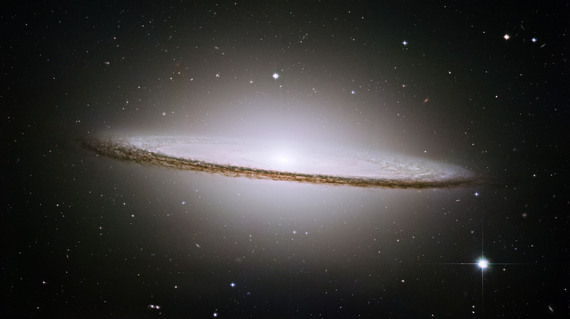Mars is back in the nighttime sky, Mercury crosses in front of the Sun, and a new mission arrives at Jupiter. These and more are the can't-miss astronomical events for 2016.
As the new year dawns, you can find all of the bright planets in the morning sky. Look east and south an hour before sunrise and you'll see (in order of brightness) Venus, Jupiter, Saturn, and Mars. To make your morning even more picturesque, a waning Moon will join the planet parade for the first week of the 2016.
The first planet to return to the evening skies will be Jupiter, and it will be at its closest and brightest on March 8. Mars arrives on the nighttime scene at the end of May. It will be the closest approach for the Red Planet since 2005. The best planet in a telescope, Saturn, complete with it bevvy of beautiful rings, will be a summer delight. Saturn viewing-season open in June. Finally, Venus becomes the evening star again in August.
Mark your calendars for an especially close rendezvous between Venus and Jupiter on the night of August 27. The closest conjunction of the two brightest planets will be just after sunset that day when they will appear only 1/10 of a degree apart.
Do you remember seeing a really bright star next to the Moon in 2015? It was mostly likely a planet. Jupiter is a frequent, notable guest to the Moon and they will be in conjunction on the nights of January 27, February 23, March 21, April 17, May 14, June 11, July 8, and August 6.
Transit of Mercury
We won't see any worthwhile solar or lunar eclipses from the United States in 2016, but we will have something much rarer. About 13 times every century, the tiny planet Mercury goes precisely between us and the Sun. This "Transit of Mercury" looks like a little black dot on the Sun - a mini-eclipse.
The Transit of Mercury will be visible on May 9 from about 7:10am-2:40pm Eastern Daylight Time. Viewers on the West Coast will only see the last half of it, but out East, you'll see the whole thing.
Of course, you can't just stare right at it - you'd be looking at the Sun! You'll need safe solar viewing equipment so check in with your local astronomy club or observatory for viewing tips and parties you can attend. If you miss this one, the next Transit of Mercury isn't until 2019.
Juno Arrives at Jupiter and Let's Go Perseids
Jupiter will be getting an earthly visitor on July 4, 2016. The unmanned Juno spacecraft, which left Earth in 2011, will enter orbit around the giant planet. Astronomers have not been able to observe Jupiter from close range since the New Horizons mission flew by in 2007 on its way to Pluto. What changes will Juno find? Tune in this summer!
The meteor shower I'm most looking forward to in 2016 will be the Perseids. These shooting stars are best seen on the summer mornings of August 12 and 13. The waxing gibbous Moon will set just before the peak viewing hours - 2-5am. Plus, I always prefer a warmer-weather, summer meteor shower over the ones in late fall and winter
Lots to look for in the sky in 2016.


